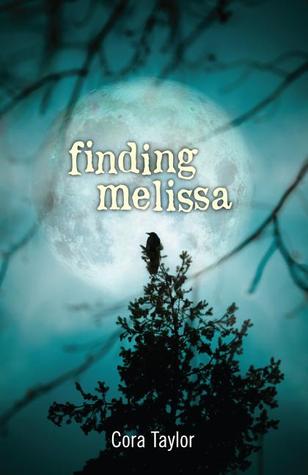 What We Hide is a tapestry of teen angst. Many perspectives make up the quilt of the story, all patched together with the common setting of the English boarding school. Most of the characters have secrets, family they are ashamed of, insecurities about friendships, identity crisis, and a lot of pent up sexual frustration.
What We Hide is a tapestry of teen angst. Many perspectives make up the quilt of the story, all patched together with the common setting of the English boarding school. Most of the characters have secrets, family they are ashamed of, insecurities about friendships, identity crisis, and a lot of pent up sexual frustration.
Since my focus at the moment is Canadian literature for teens, (and this technically qualifies because Marthe Jocelyn is Canadian) I find it difficult to read about English teens and American teens spending time in England. Especially the way Canada is referred to in the first chapter, this doesn’t feel Canadian. The British slang is amusing, and made less confusing by Jenny’s American perspective.
The story is set in the time of the Vietnam war but the way the teens talk and interact feels contemporary. Perhaps I was overly sheltered or naive but I didn’t have nearly as much sex going on in my high school decades after this story takes place and I find it surprising how much is going on in the novel. Many of the characters had or become teen parents, something that I often hear older people complaining about as a “new” phenomenon because of shows like Teen Mom.
There’s good diversity of characters, with representations of more than one ethnicity, sexual orientation and social class. However, all of them feel defined by those characteristics.
I think this story might work better in a different medium, perhaps television? I felt jolted as it jumped from person to person. Format to format. Although I enjoyed the letters embedded in the text the scripts didn’t flow as well.
 Caroline Pignat brings to life a historical tragedy and fictional love in
Caroline Pignat brings to life a historical tragedy and fictional love in  S.J. Laidlaw’s
S.J. Laidlaw’s  Suri Rosen’s debut novel demonstrates a talent for narration. The quick witted observations of the narrator reminded me of Gilmore Girls (a show I adore). The writing flows, in an easy conversational manner that will work for reluctant readers.
Suri Rosen’s debut novel demonstrates a talent for narration. The quick witted observations of the narrator reminded me of Gilmore Girls (a show I adore). The writing flows, in an easy conversational manner that will work for reluctant readers.
 The novel
The novel  * I received
* I received  I received
I received 
